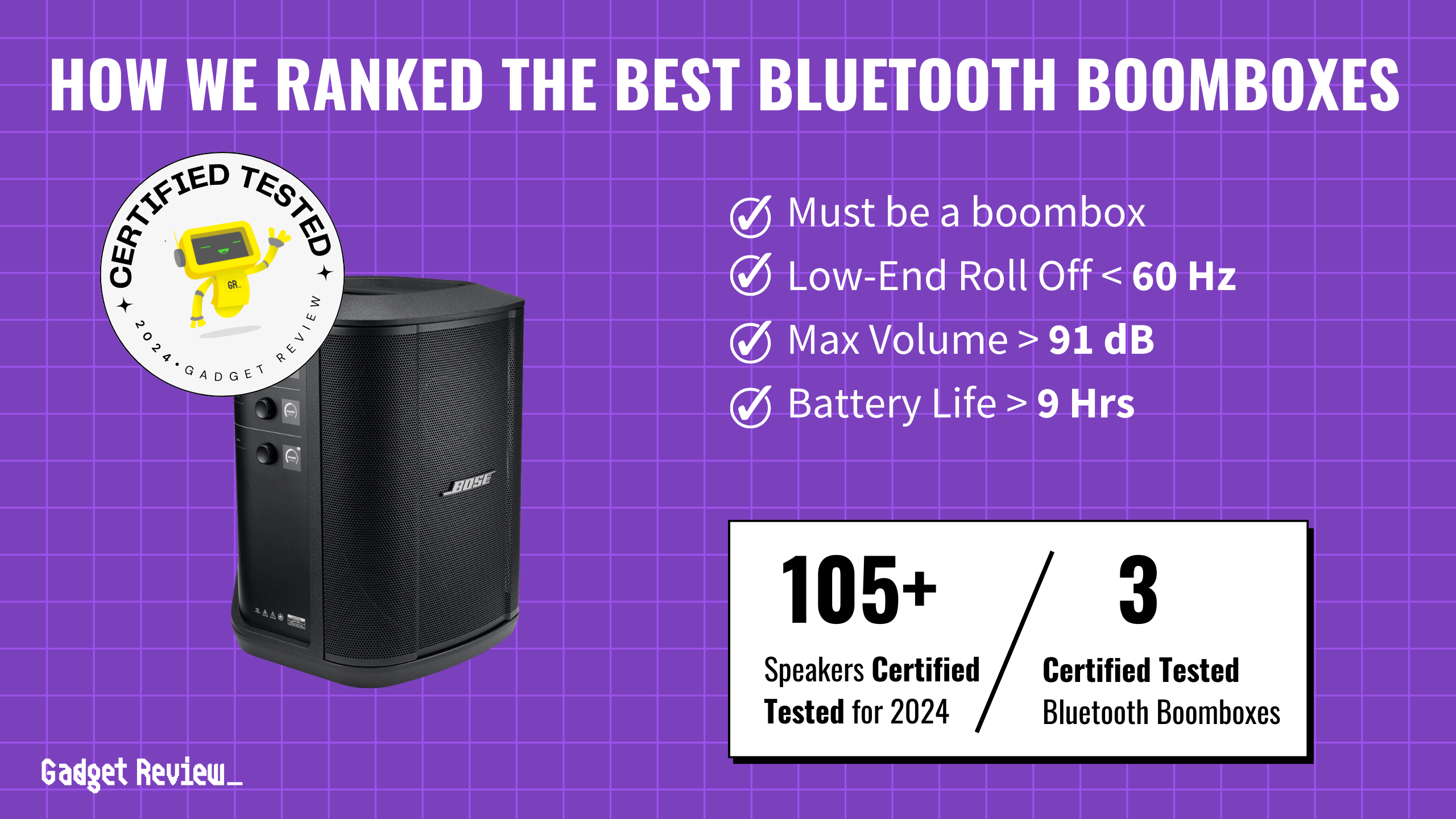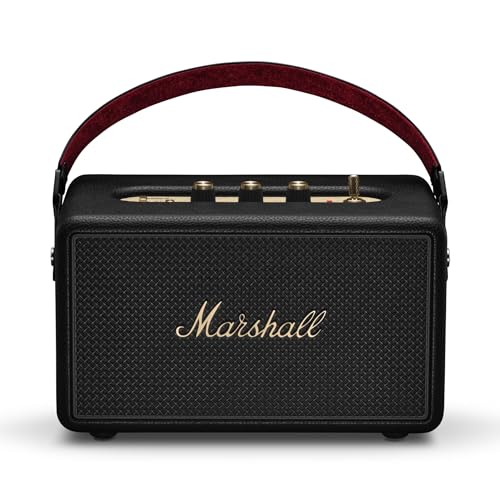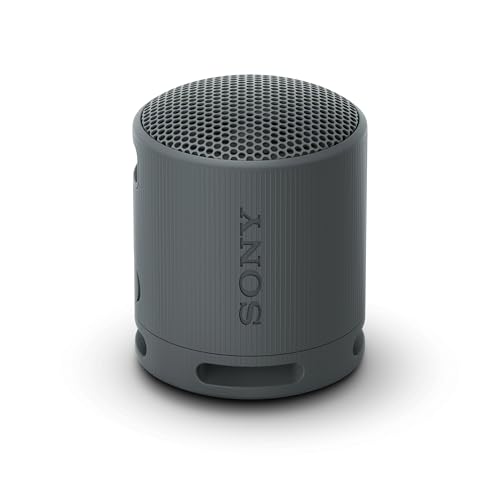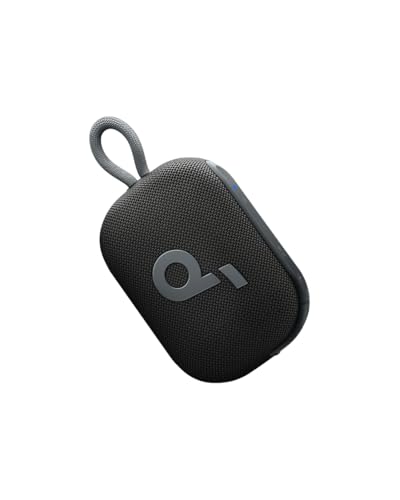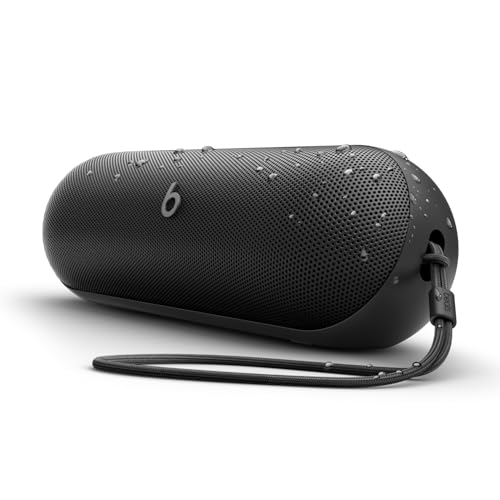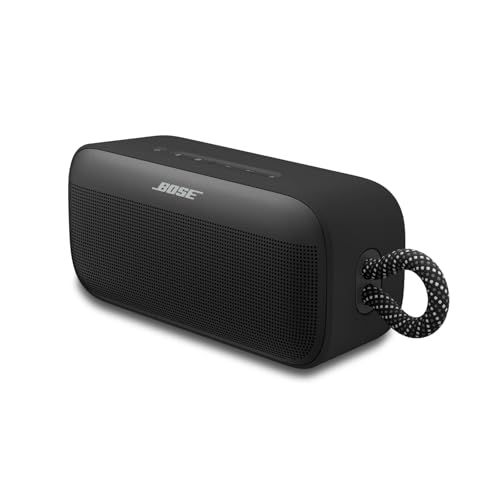Connecting speakers to a receiver might seem daunting, but with the right guidance, it’s a task anyone can accomplish. This guide will walk you through the process of connecting the wires to the right terminals, ensuring a secure connection that maximizes your sound setup’s quality. Whether you’re setting up a multi-room audio system, a surround sound speaker array, or a basic multimedia setup, understanding how to properly connect your components is key to achieving the best audio output. To ensure you’re getting the most out of your system, selecting the best speakers for your specific needs is crucial, as they are the cornerstone of any audio setup.
Key Takeaways_
- Many speakers require stereo receivers in order to function properly, and there are many connection types to choose from.
- Modern speakers can connect wirelessly via Bluetooth or plugin with speaker wires, HDMI cables, or other types of speaker cables.
- When it comes to speaker wires, there are various connector types, such as banana plugs and spring clips, each impacting the installation method and sound quality.
Understanding Your Equipment
Before diving into the setup, it’s crucial to understand the components involved. Speakers and receivers come in various types, each with its own connectivity options.
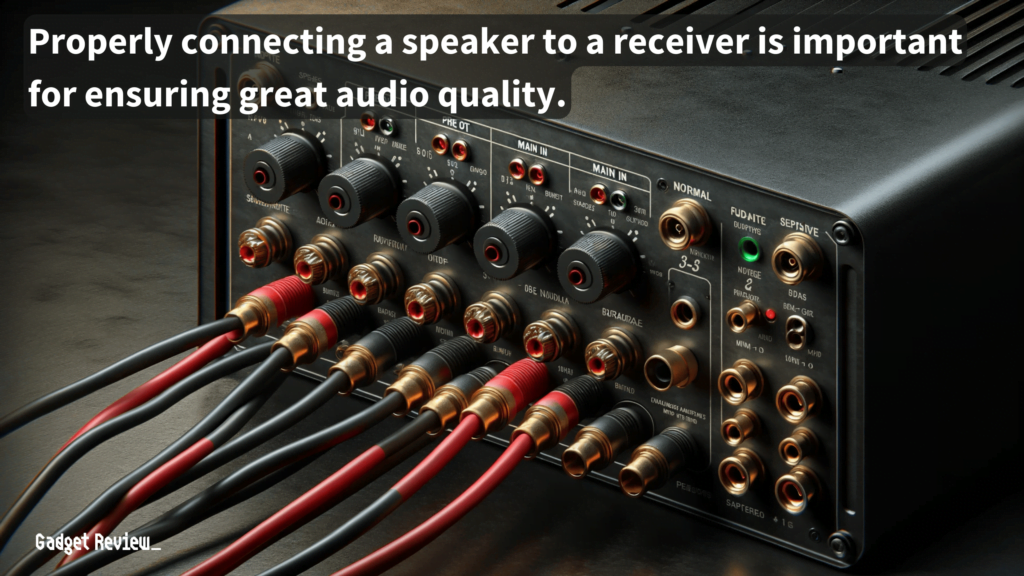
- Familiarize yourself with the speaker terminals on your receiver—these are usually color-coded to help identify the correct terminals for the positive wire (often red) and the negative wire (commonly black).
- Speaker wires, the lifeline of your audio setup, also vary in type. When considering the types of speaker wire, it’s important to understand the gauge and material, as these factors influence the signal quality transmitted from your receiver to your speakers.
- From basic speaker wires to more sophisticated options like banana plugs, choosing the right type of speaker wire can significantly impact sound quality.
- For those wondering how to connect powered speakers to a mixer, the process is similar but involves using the mixer’s output terminals to connect to the powered speakers’ input ports, ensuring seamless integration with your audio setup.
Connecting Speakers to a Receiver
Safety first: ensure all your devices are powered off before starting. Gather your tools—a wire cutter, tape measure, and possibly a screwdriver.
Measure the distance between your receiver and speakers to determine how much speaker wire you’ll need.
Remember, a thicker wire can reduce power consumption and preserve audio quality over longer distances. For stereo systems, it’s essential to ensure that the speaker wire connection is consistent across all channels to maintain a balanced audio output.
STEP 1 Identify Terminals
Locate the speaker terminals on your receiver and speakers. These are typically marked with “+” and “-” to indicate polarity.
The connectors for speakers on your equipment might vary, so it’s crucial to choose the appropriate speaker wire connectors that match your system’s requirements.
STEP 2 Connect Speaker Wires
Strip the ends of your speaker wires, revealing the bare aluminum or copper. For a secure connection, twist the strands tightly.
- Bare Wire Method
- Insert the stripped wire directly into the terminal, ensuring a snug fit.
- Banana Plugs
- These offer a cleaner setup. Attach the stripped wire to the plug and insert it into the corresponding terminal on the receiver.
- Using banana plug inserts can simplify the process of connecting and disconnecting speakers, especially in multi-channel setups.
- These offer a cleaner setup. Attach the stripped wire to the plug and insert it into the corresponding terminal on the receiver.
STEP 3 Ensuring Proper Phase
Connect the positive terminal on the receiver to the positive terminal on the speaker, and the same with the negative terminals. This maintains the correct polarity and prevents audio quality degradation.
For those considering a more compact setup, the best soundbar can be an excellent addition, offering high-quality audio without the need for multiple speakers and extensive wiring.
It’s crucial to ensure that the audio input from your source is correctly aligned with the receiver’s input channels to avoid any signal loss or distortion.
Advanced Setup Tips
For audiophiles looking to enhance their sound setup, bi-wiring and bi-amping offer additional options. These methods can improve clarity and audio dynamics but require compatible speakers and receivers.
STAT: Many receivers don’t come with printed manuals or links to online documents. But most receivers do come with a short quick-start guide that covers the essential steps to get you up and running. (source)
Also, explore different connector options like Pin connectors for spring clip terminals or spade connectors for a more traditional, secure connection.
Optimizing Your Audio Experience
Speaker placement can dramatically affect your system’s sound quality. For surround speakers, consider the speaker pattern recommended by your speaker manufacturer.
insider tip
If your speakers are not powered, ensure the stereo receiver includes a robust preamp.
Adjust the audio settings on your receiver to match your room’s acoustics and your audio requirements. Experiment with the bass and treble controls, and consider using a sound meter app to balance the audio levels across your space.
Experimenting with different speaker wire connectors can also contribute to optimizing your system’s performance and ease of use.
Playing music on multiple Bluetooth speakers can also enhance your audio experience, especially in larger rooms or outdoor settings, by creating a more immersive sound environment.
Maintenance and Care
Maintain a clear, dust-free environment around your audio components to ensure longevity. Regularly check the speaker connections for any signs of wear or loosening.
For systems with extensive wiring, label each cable for easy identification and troubleshooting.
Connecting speakers to a receiver is a fundamental skill for any audio enthusiast. By following these steps and tips, you’ll ensure a high-quality audio experience that brings the best out of your music, movies, and games.
Remember, the key to a great sound setup is not just in the connections but in understanding how each component works together to create the perfect audio soundscape, including the careful selection of channels and ensuring a pristine signal path.












